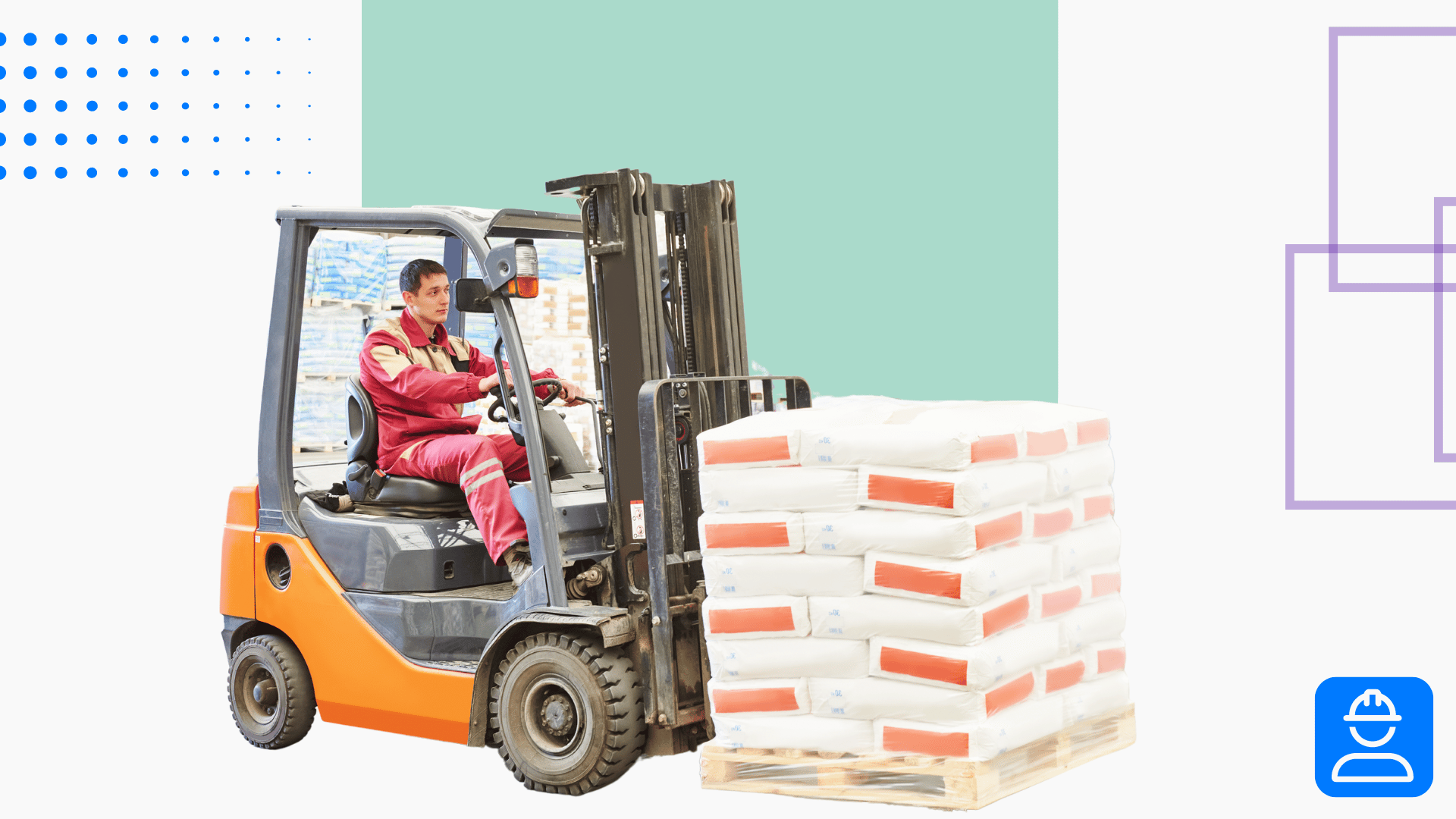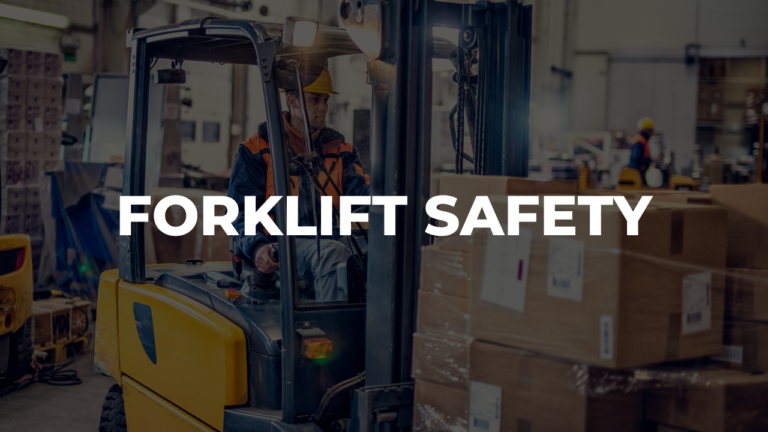Pedestrians are just as responsible for their own safety as PIT operators. It’s important to teach all workers, not just those who drive forklift trucks, about the dangers of this equipment. Use this forklift pedestrian safety toolbox talk to ensure that everyone is aware of their role in preventing PIT-pedestrian incidents.
Forklift pedestrian safety toolbox talk overview
In this toolbox talk, we’ll cover:
- Top pedestrian safety risks around forklifts
- How to properly walk near forklifts
- Communication with drivers
Like all areas of workplace safety, practicing awareness and understanding where the risks come from is the key to success. Good communication is oftentimes all you need to prevent a major forklift accident between operators and other workers in the area.
Forklift-pedestrian risks
Visibility is the number one safety risk that forklift drivers deal with around pedestrians. This is especially true when they’re backing up. The use of spotters and mirrors help improve visibility, but it all depends on factors like:
- Noise level
- How busy the area is
- Location of mirrors
Another risk to pedestrian safety is the cleanliness and organization of the work area. Sometimes, if clutter is in the walking path, you might deviate from course. But this increases your chances of being in the PIT lane and getting hit by an operator.
And in equipment handling, forklift drivers can often make sudden stops, turns, etc. This means you must stay alert and keep out of the line of fire.
Walking near forklifts
The cardinal rule of walking near PIT equipment is:
Never assume that the driver can see you.
It’s important to always use the designated walking paths (if available) to get around forklifts. And you should stop at all stop signs and look both ways as well. This gives you time to assess the safety of the area before crossing.
If you only do this some of the time, then you’re increasing the risks. Make a habit of practicing personal safety and they’ll come in handy that one time you didn’t see someone coming.
Communicating with drivers
Aside from constant awareness, communication is the other major factor of forklift pedestrian safety. When crossing in front of a forklift, always make eye contact with the driver to clarify who has the right of way.
If you can’t tell whether you can cross, default to waiting for the driver. Or you can get verbal confirmation first before crossing.
It should go without saying that you should always have your high visibility vest or clothing on so operators can clearly see you. This is another way of communicating, as it helps drivers get a better sense of how close or far away other workers are.




